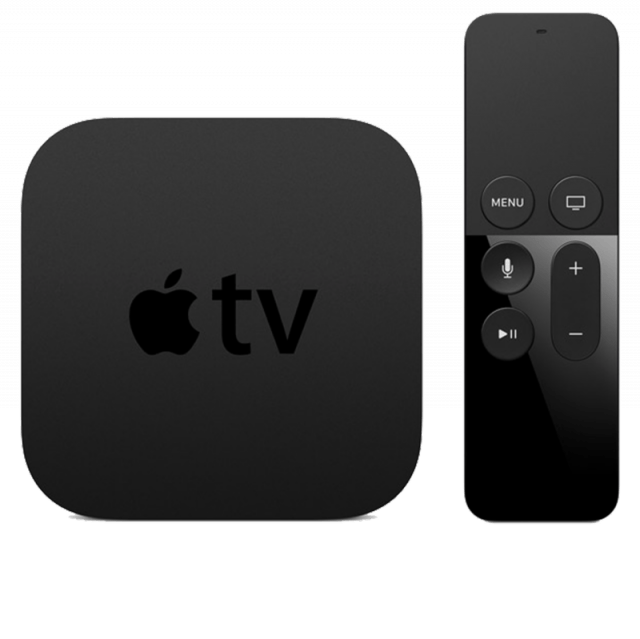
Apple TV (version 4)
The cable industry is on the cusp of saving billions of dollars annually buying and maintaining set-top boxes and cable modems if they can convince customers to buy their own instead.
Cable companies collectively spend as much as $10 billion a year on customer premise equipment (CPE), ranging from simple Digital Transport Adapters for older analog-only TV sets, to the most advanced cloud-based set-top boxes and DVRs.
Cable industry analyst Craig Moffett believes the cable industry will save a fortune and lose one as consumers buy their own set-top equipment like Apple TV or Roku boxes and buy their own modems to avoid monthly rental charges. That means cable companies will likely forfeit a considerable percentage of their leasing/rental revenue.
“The idea that customers will eventually consume video through their own Apple TV or Roku boxes, or simply connect their cable to their smart TVs, Xboxes and Sony PlayStations, is neither new nor far-fetched,” wrote Moffett. “There are good reasons to believe that CPE spending may come down significantly in future (product) generations.”
Most cable equipment is leased to customers and often installed by a cable operator that covers the costs of sending a truck to the customer’s home. After installation, the average American cable subscriber pays $89.16 a year renting a single cable box, and for those with multiple boxes and a DVR, those costs rise to $231.82 a year. A cable modem can be purchased for $50-90 on average, and usually pays for itself in less than one year of rental charges charged by many cable operators.
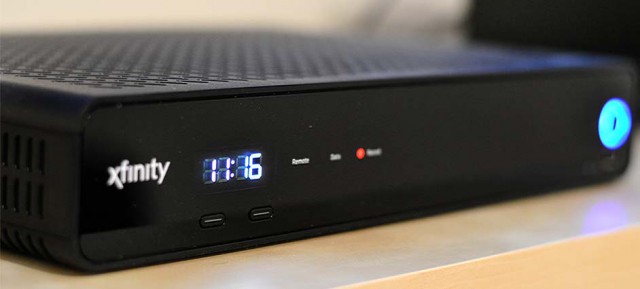
Comcast X1
Even with more capable consumer-targeted set tops like the latest Apple TV ($149-199) and Roku devices now approaching $100, it will not take long for consumers to recoup their money avoiding rental fees.
Cable operators like Time Warner Cable now carry the majority of their cable channels on apps accessible through devices like the Roku. Customers will not get the flashiest on-screen experience, but they do get a welcome alphabetical channel lineup and a reasonably good picture. Future generations of the boxes are expected to enhance usability and picture quality.
Cable operators like Charter stand to gain the most. If their merger with Time Warner Cable and Bright House Networks is approved, all three companies are expected to see reductions in equipment expenses estimated at $2.97 billion in 2015 to as little as $917 million by 2019, according to Moffett. Charter is already expecting to see its capital spending fall more than a billion dollars a year, from $6.97 billion to $5.83 billion by 2019, but consumers should not expect to see the savings passed on to them.
Cable operators can also expect considerable savings after fully deploying DOCSIS 3.1 technology that powers their broadband services. The next generation cable broadband platform offers increased efficiency and flexibility that will allow operators to sell faster speeds.
Comcast may stand apart from others believing deluxe set-top boxes like its X1 are urgently needed to keep cable TV customers satisfied. One of Comcast’s largest planned expenses is deploying millions more of these advanced platforms to customer homes in 2016.


 Subscribe
Subscribe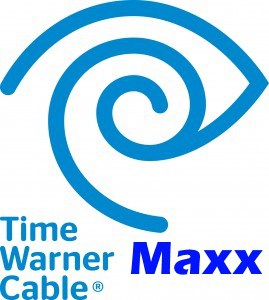 Time Warner Cable customers in the Dallas Metroplex will soon see broadband speeds rise as high as 300Mbps as the company’s Maxx upgrade project arrives, bringing along a metropolitan-wide Wi-Fi network available at no charge to Time Warner Cable broadband customers.
Time Warner Cable customers in the Dallas Metroplex will soon see broadband speeds rise as high as 300Mbps as the company’s Maxx upgrade project arrives, bringing along a metropolitan-wide Wi-Fi network available at no charge to Time Warner Cable broadband customers.
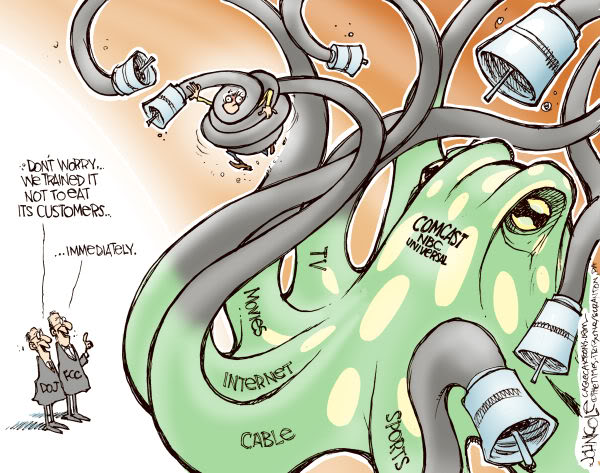 While Comcast is excited about the proposition of transitioning Time Warner Cable customers away from the current mixed analog-digital platform to an all-digital lineup, Time Warner Cable customers have paid less and avoided costly, unwanted extra equipment as a result of the choices consciously made by Time Warner Cable.
While Comcast is excited about the proposition of transitioning Time Warner Cable customers away from the current mixed analog-digital platform to an all-digital lineup, Time Warner Cable customers have paid less and avoided costly, unwanted extra equipment as a result of the choices consciously made by Time Warner Cable.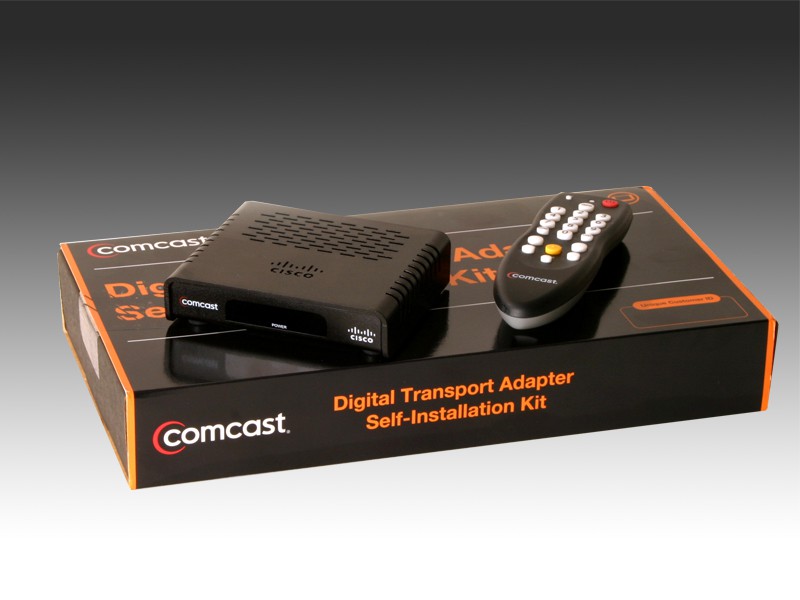 On January 1, 2013 Comcast began informing subscribers a new $1.99/month “additional outlet service charge,” now applied for each DTA installed. [7]
On January 1, 2013 Comcast began informing subscribers a new $1.99/month “additional outlet service charge,” now applied for each DTA installed. [7] Set-top box-less Time Warner Cable subscribers in parts of New York City will find more than 90 percent of the basic cable lineup missing from their QAM-equipped televisions as the cable company completes a transition away from analog cable television and begins encrypting almost all its digital channels.
Set-top box-less Time Warner Cable subscribers in parts of New York City will find more than 90 percent of the basic cable lineup missing from their QAM-equipped televisions as the cable company completes a transition away from analog cable television and begins encrypting almost all its digital channels.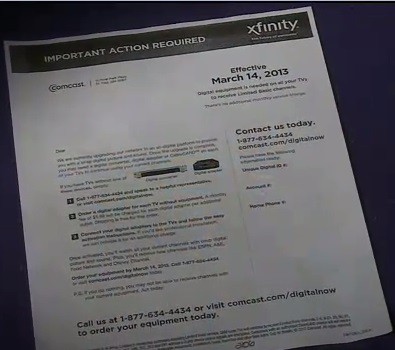 Comcast may be attempting to get around Federal Communications Commission regulations governing what cable companies can charge for cable equipment by recasting the monthly fee as a “service charge.”
Comcast may be attempting to get around Federal Communications Commission regulations governing what cable companies can charge for cable equipment by recasting the monthly fee as a “service charge.”
